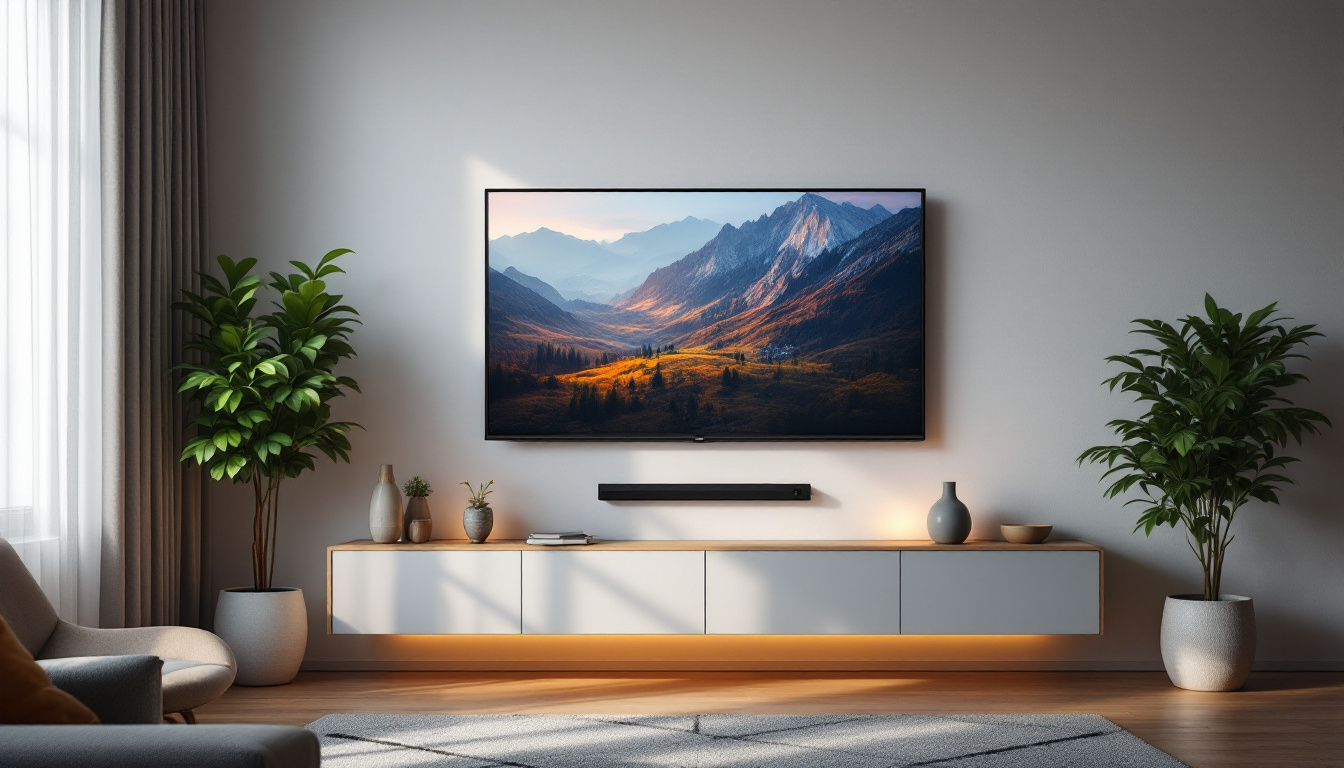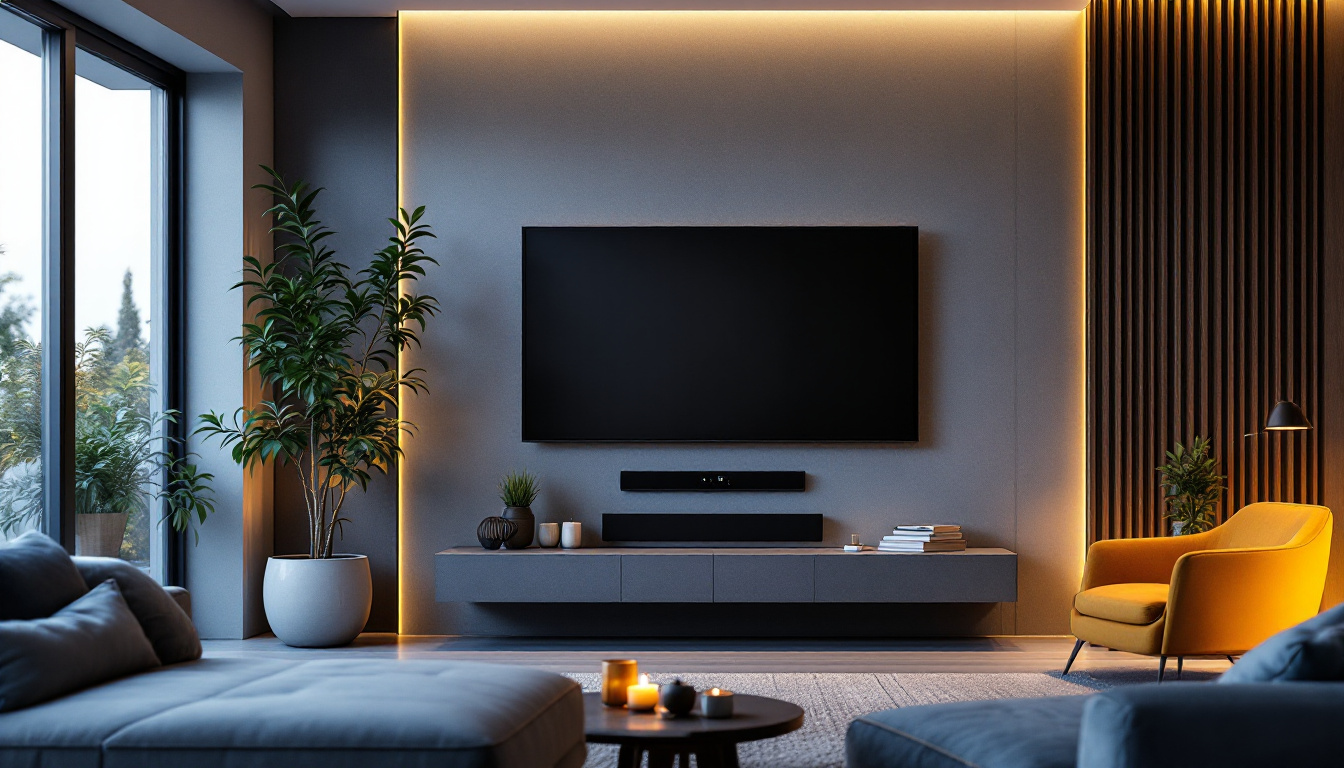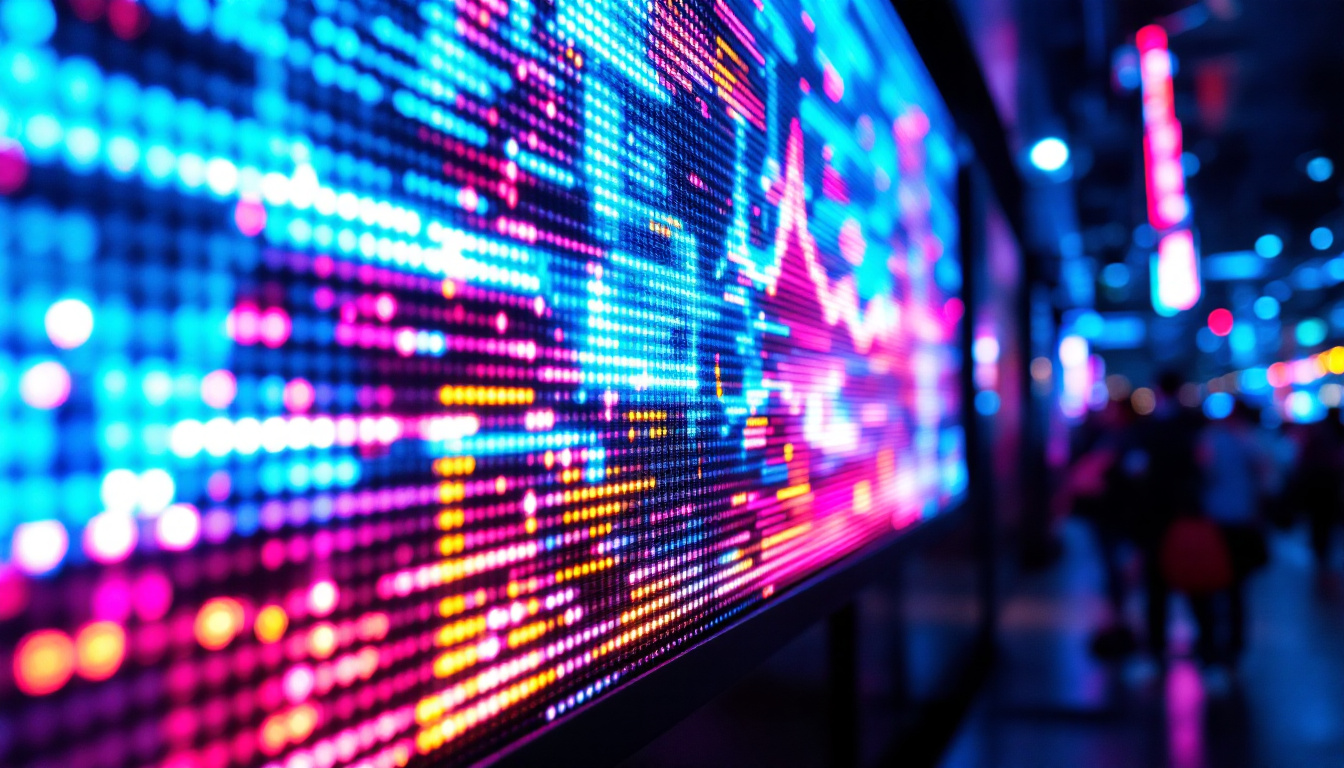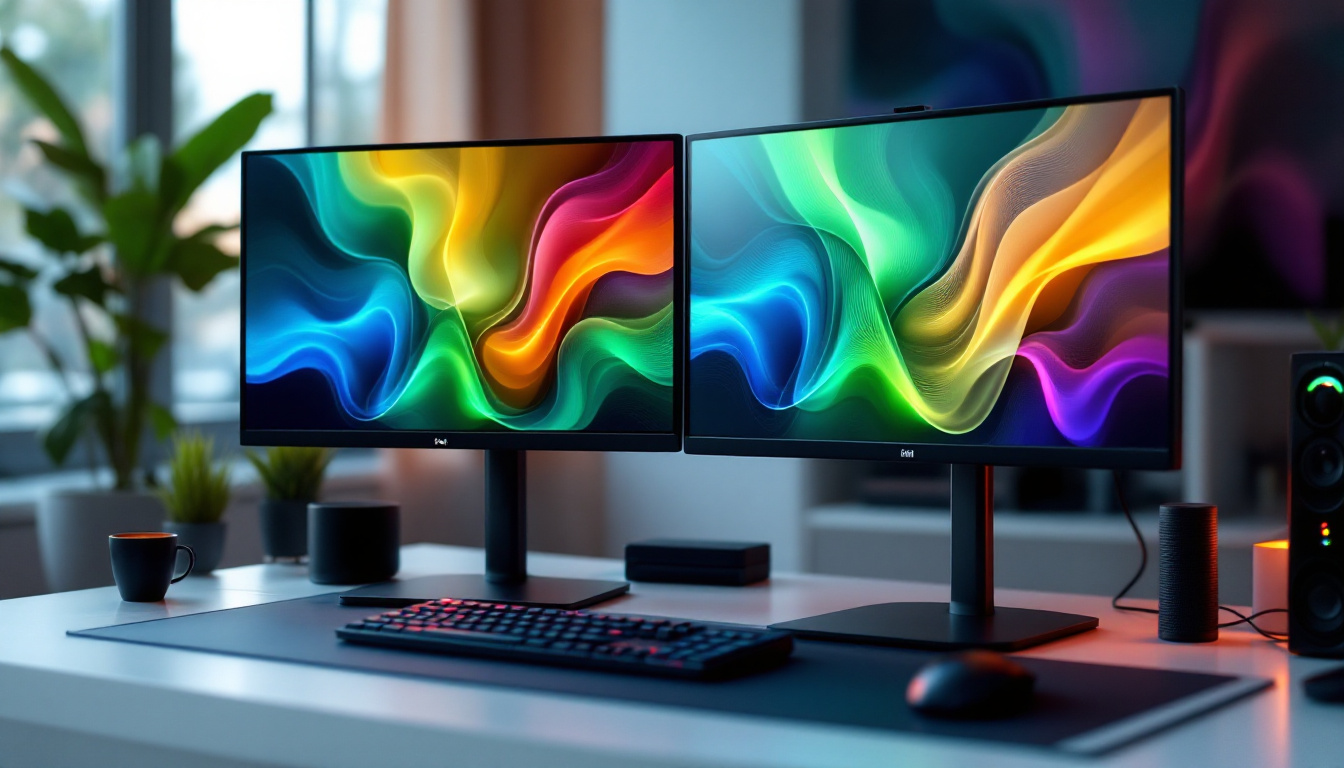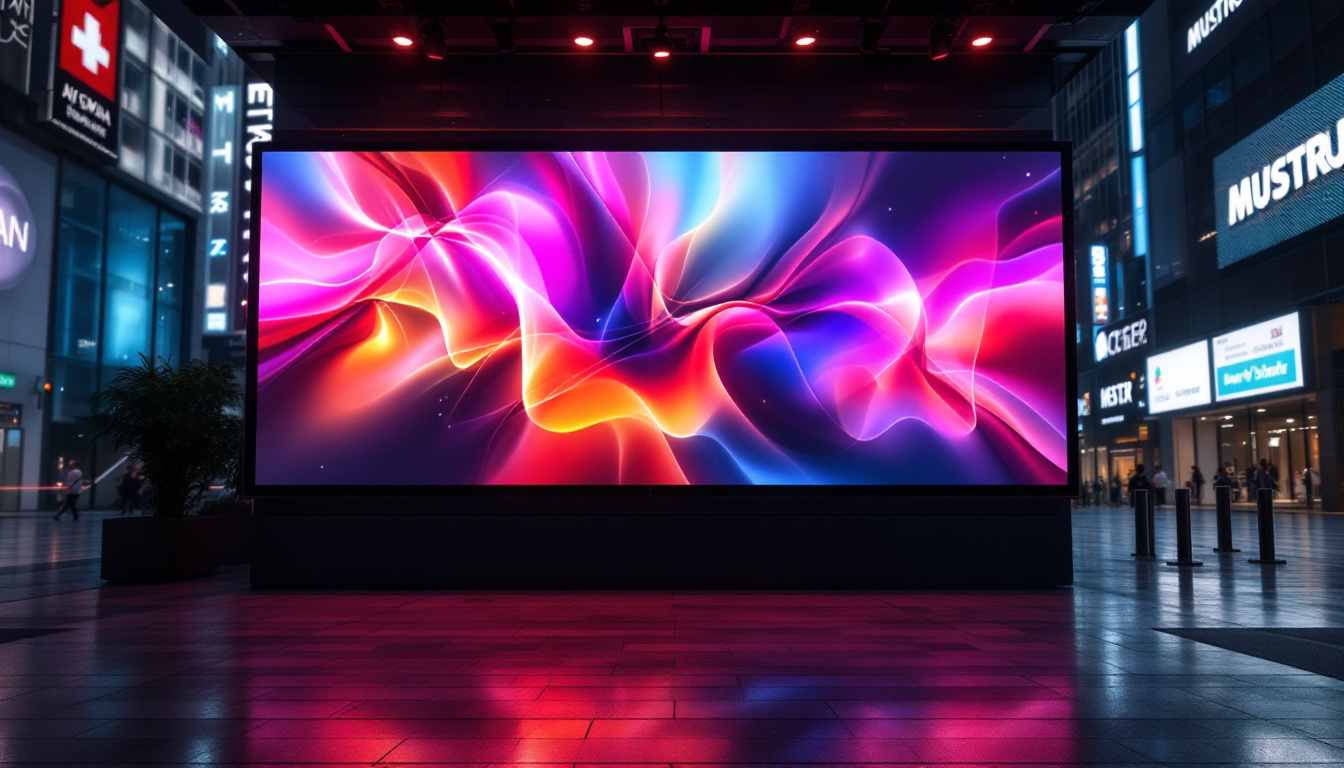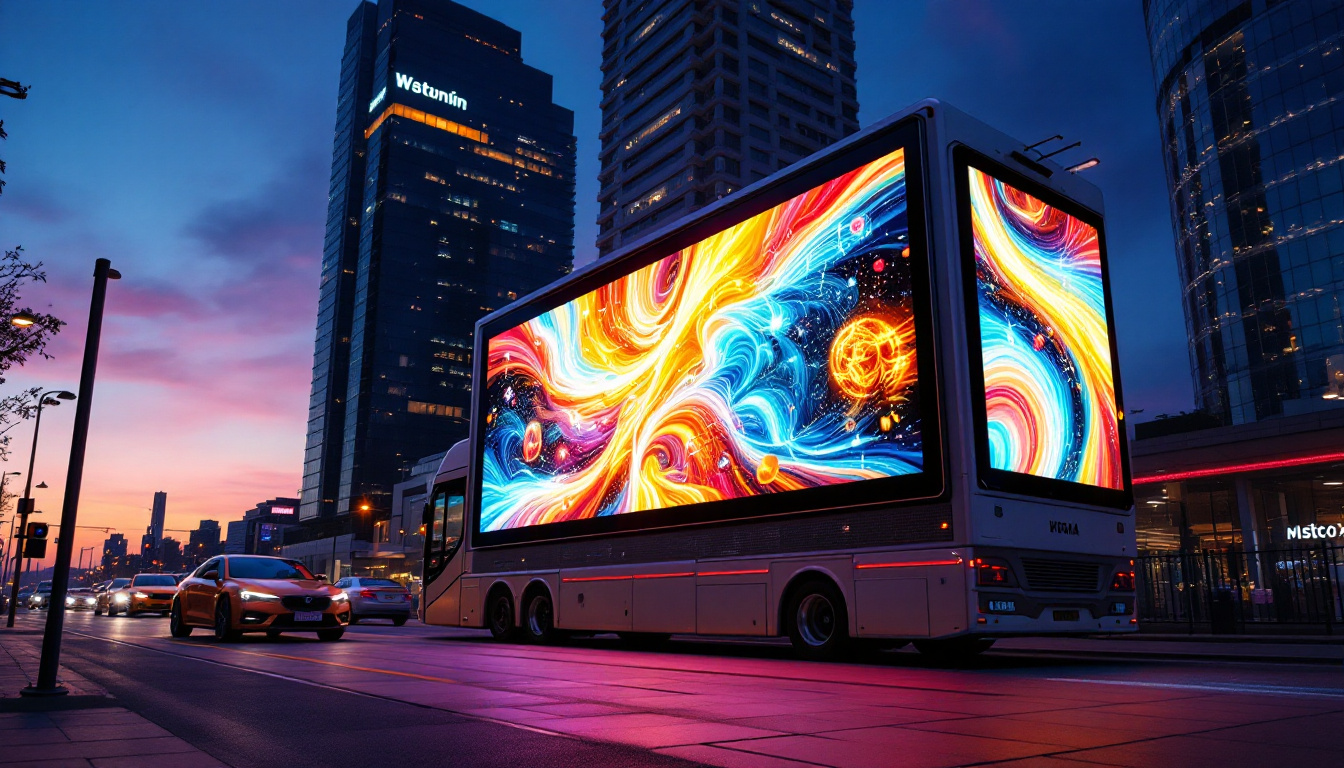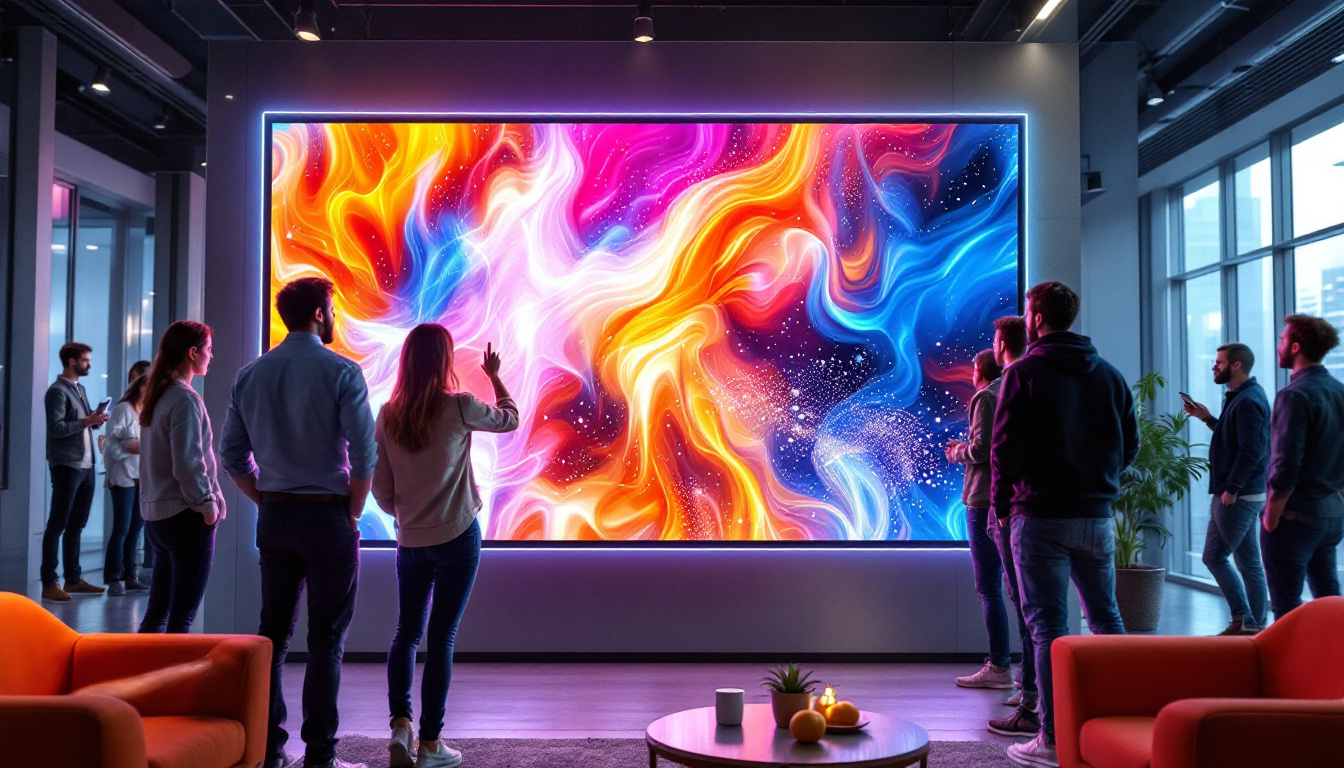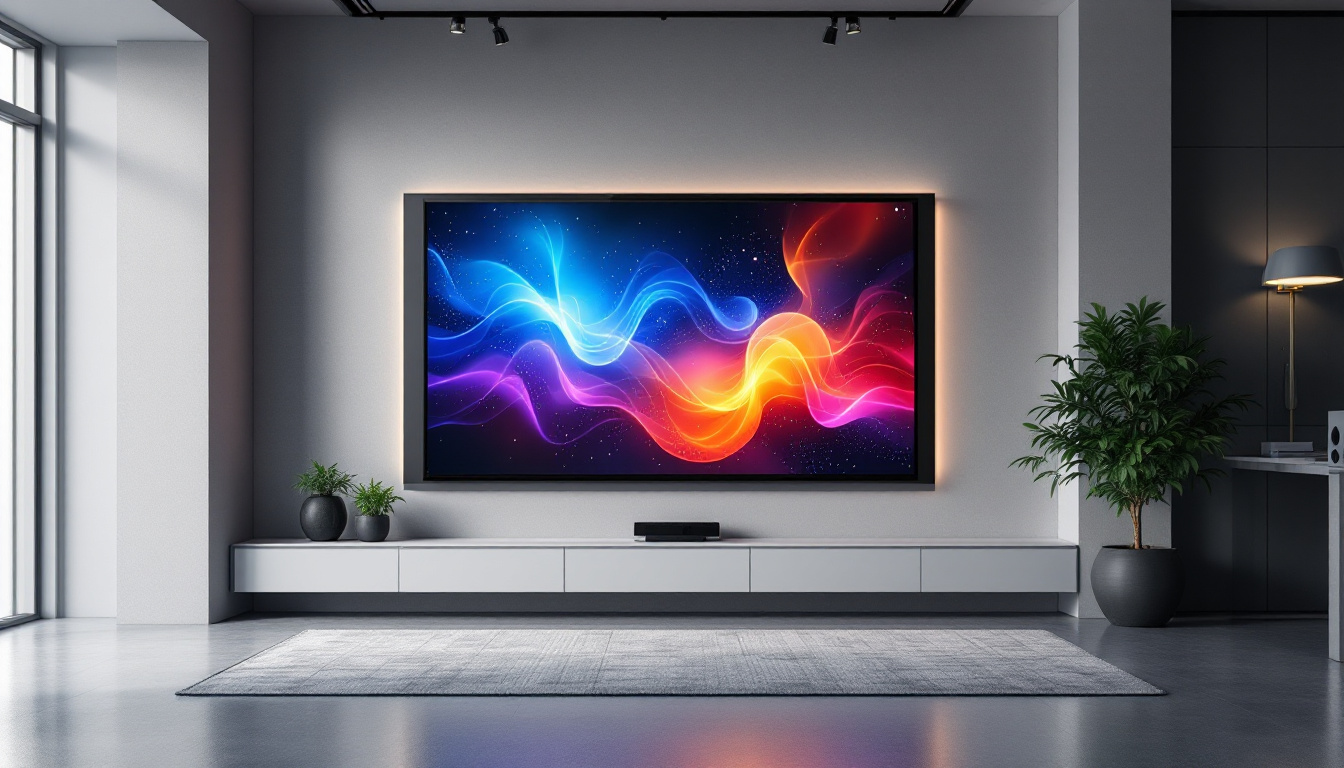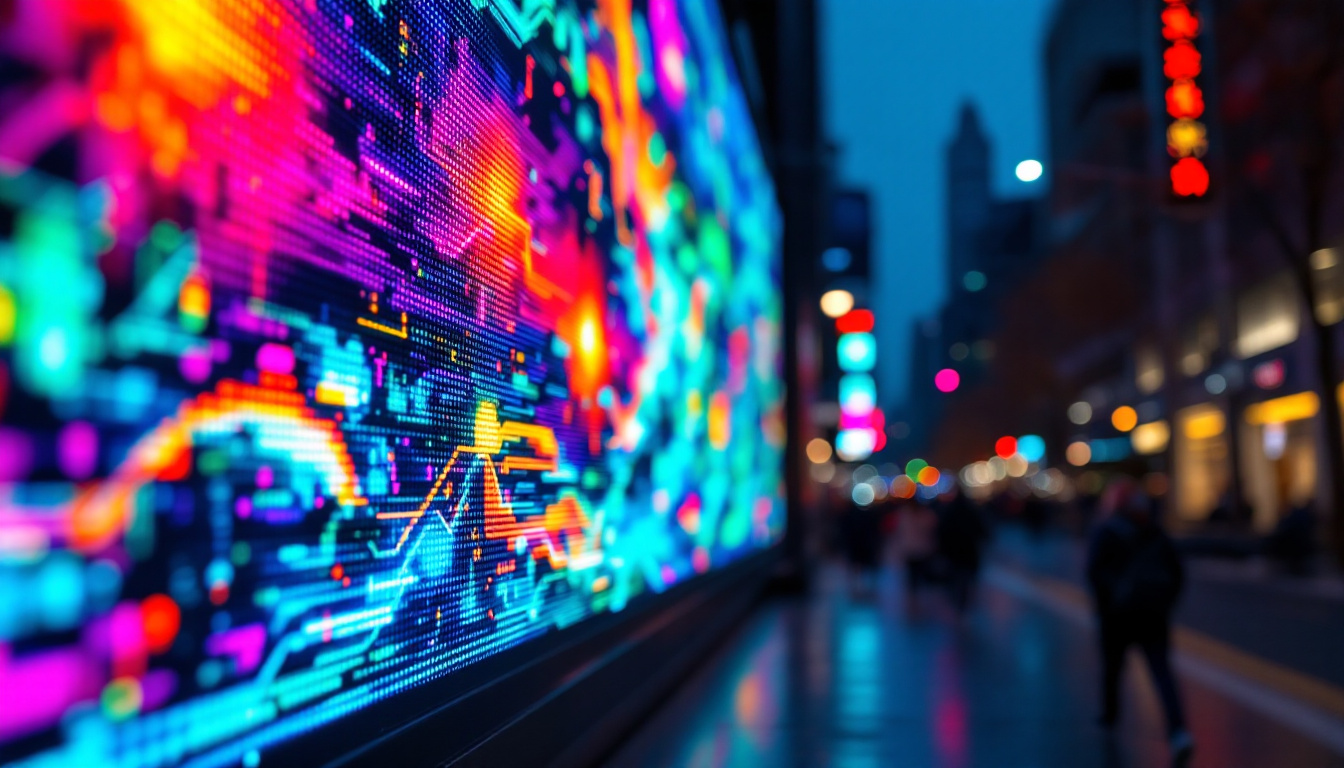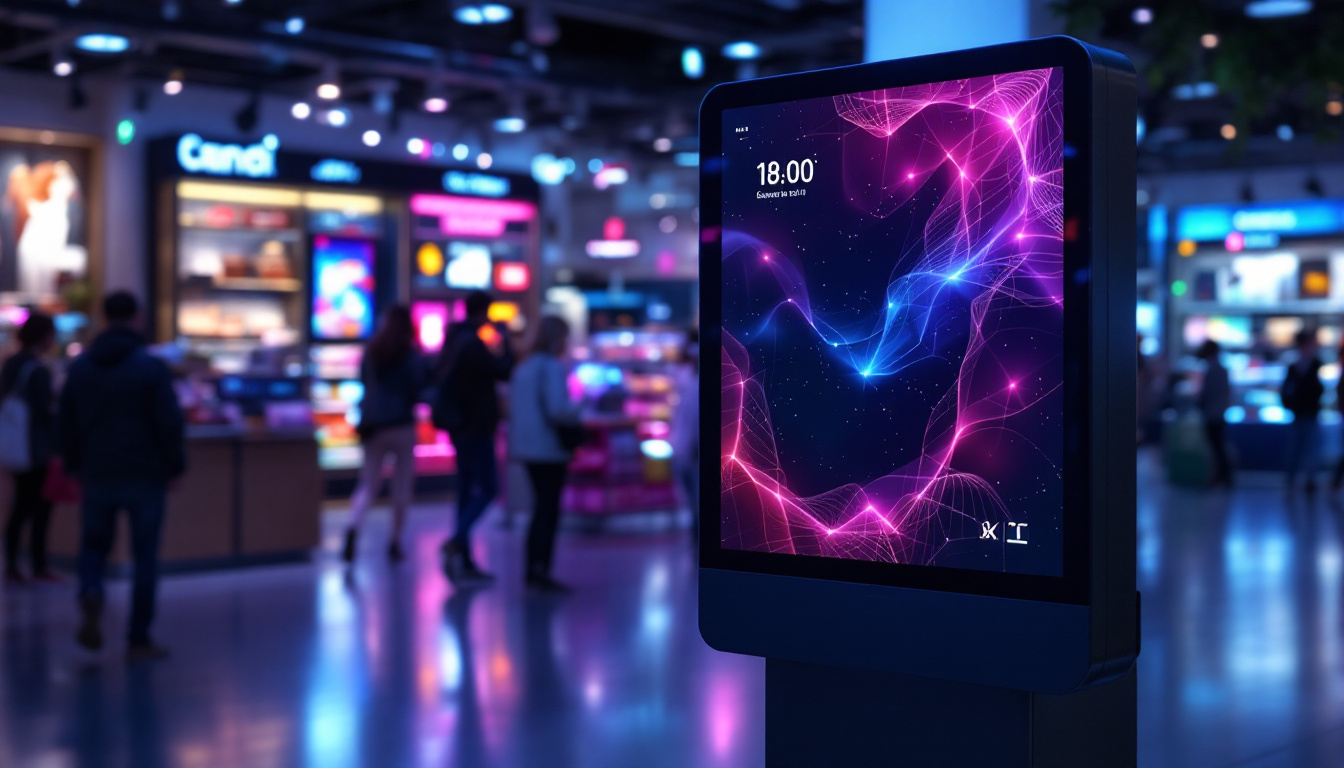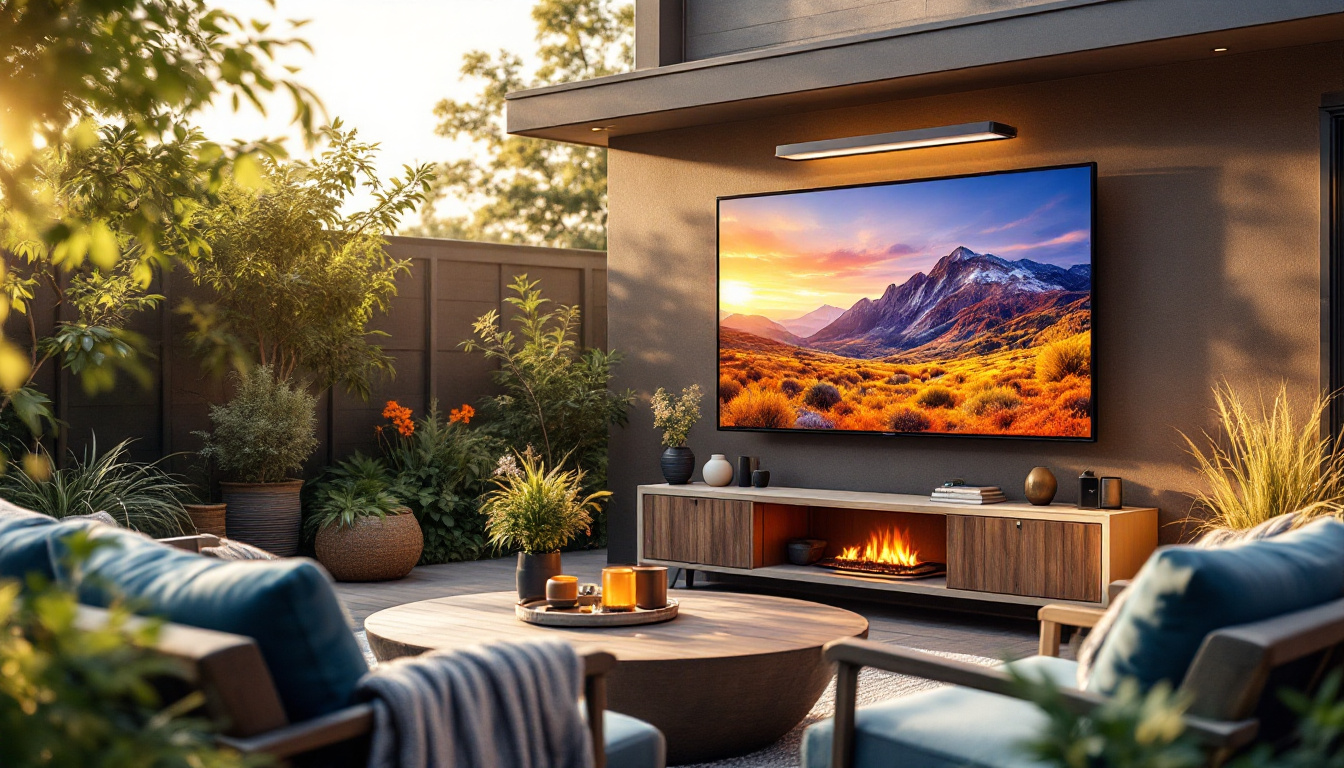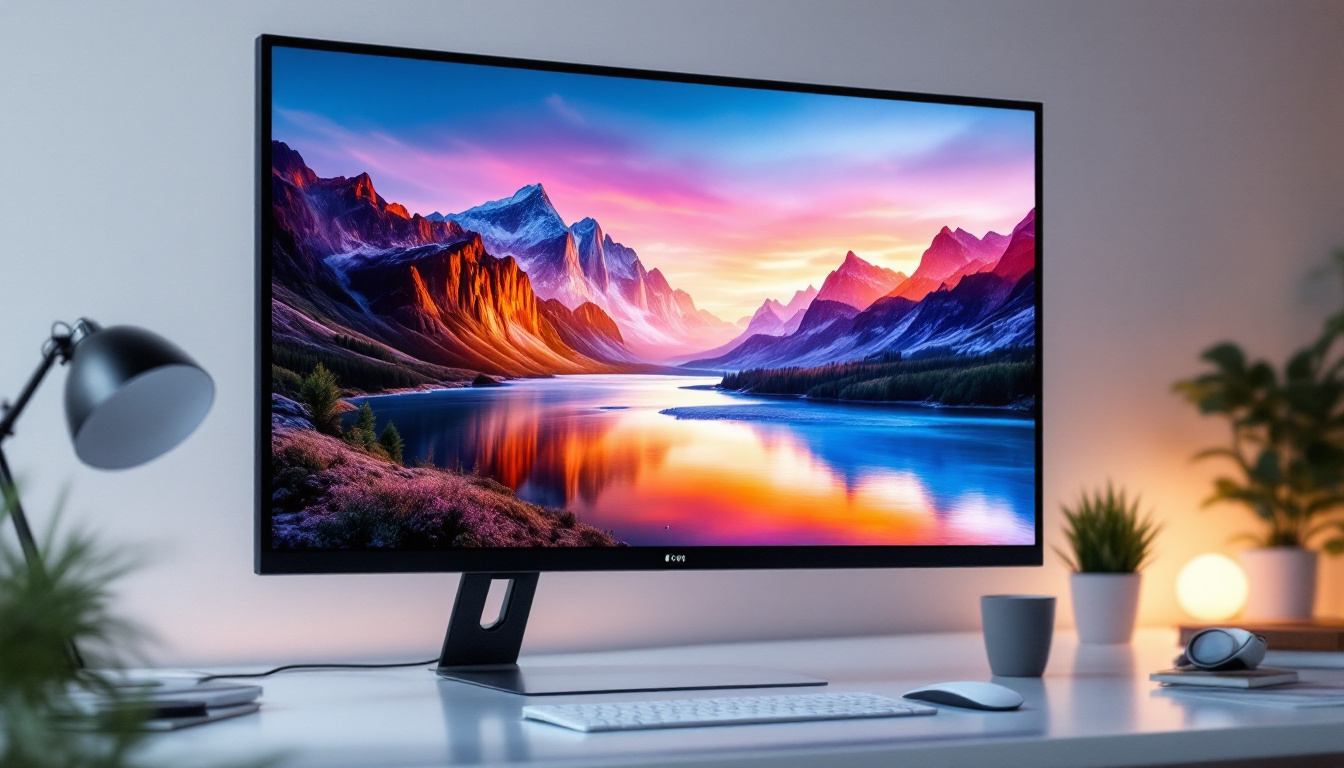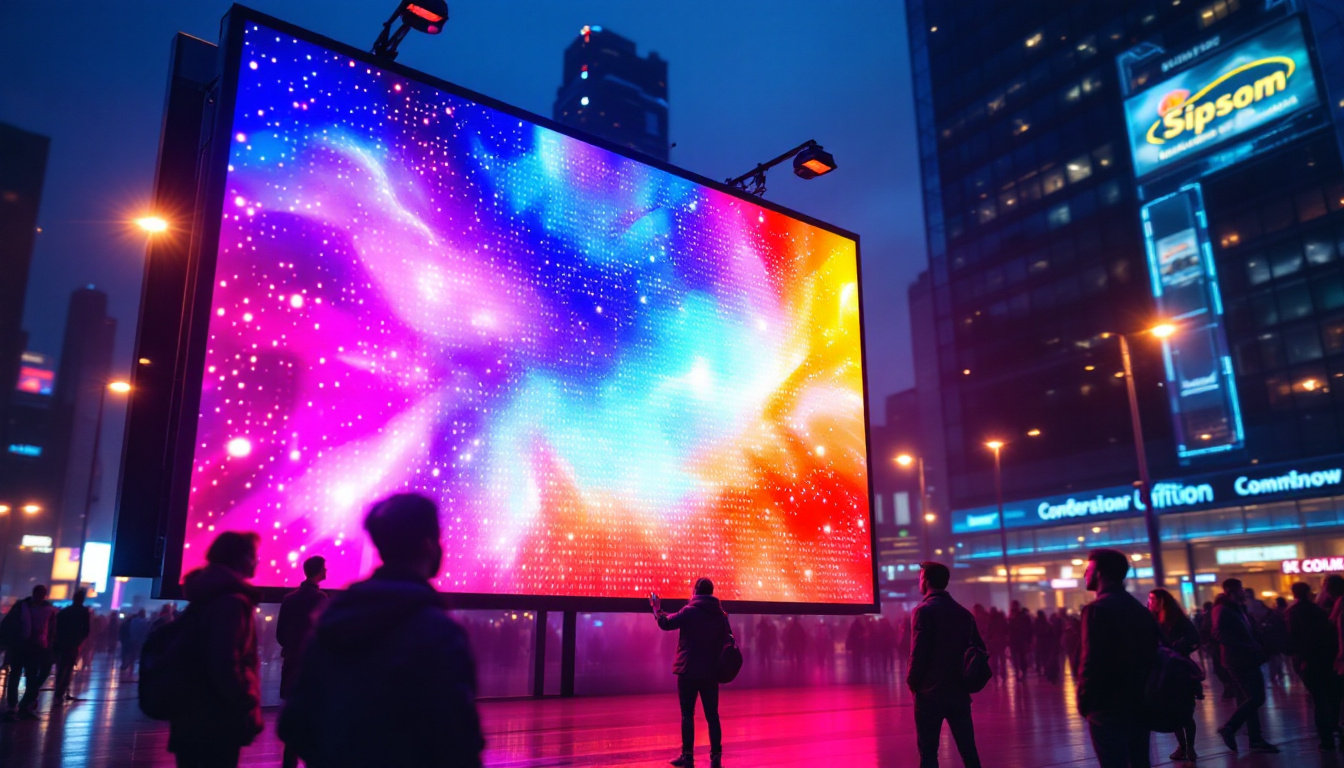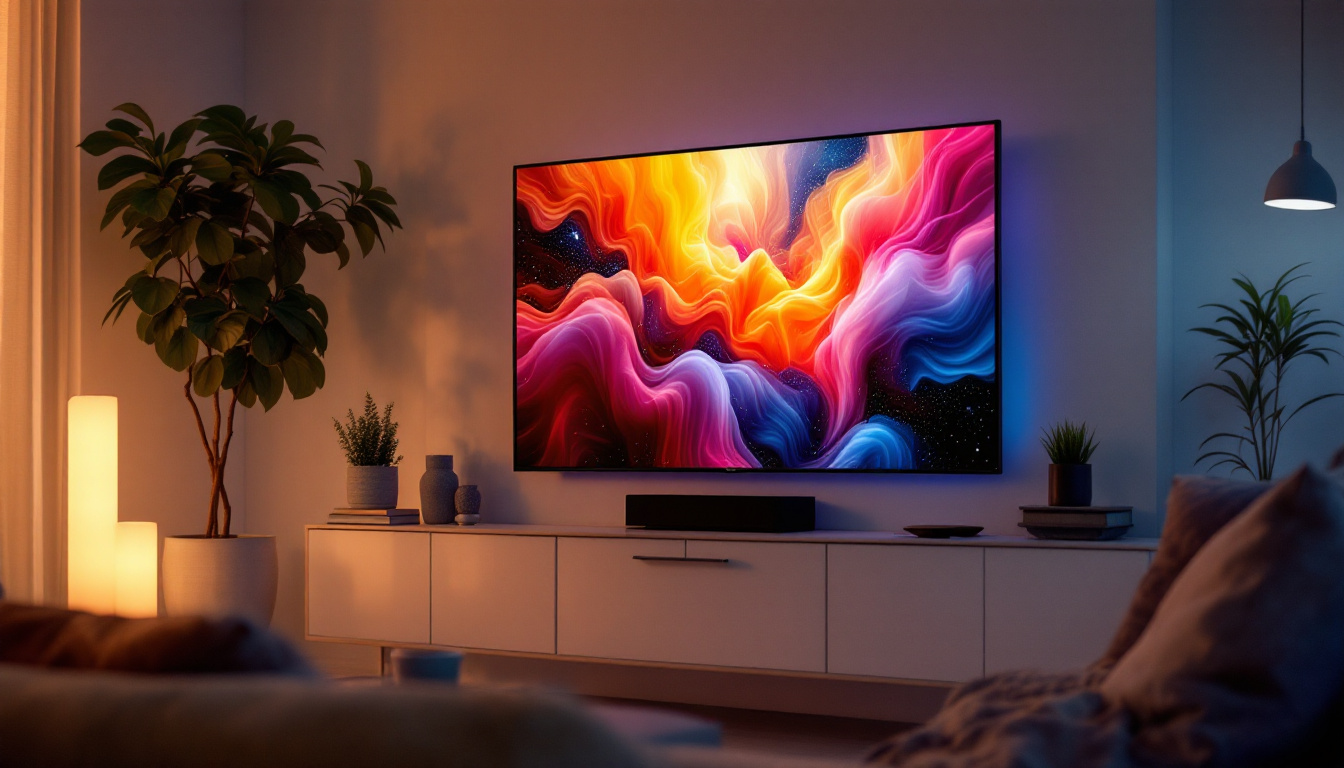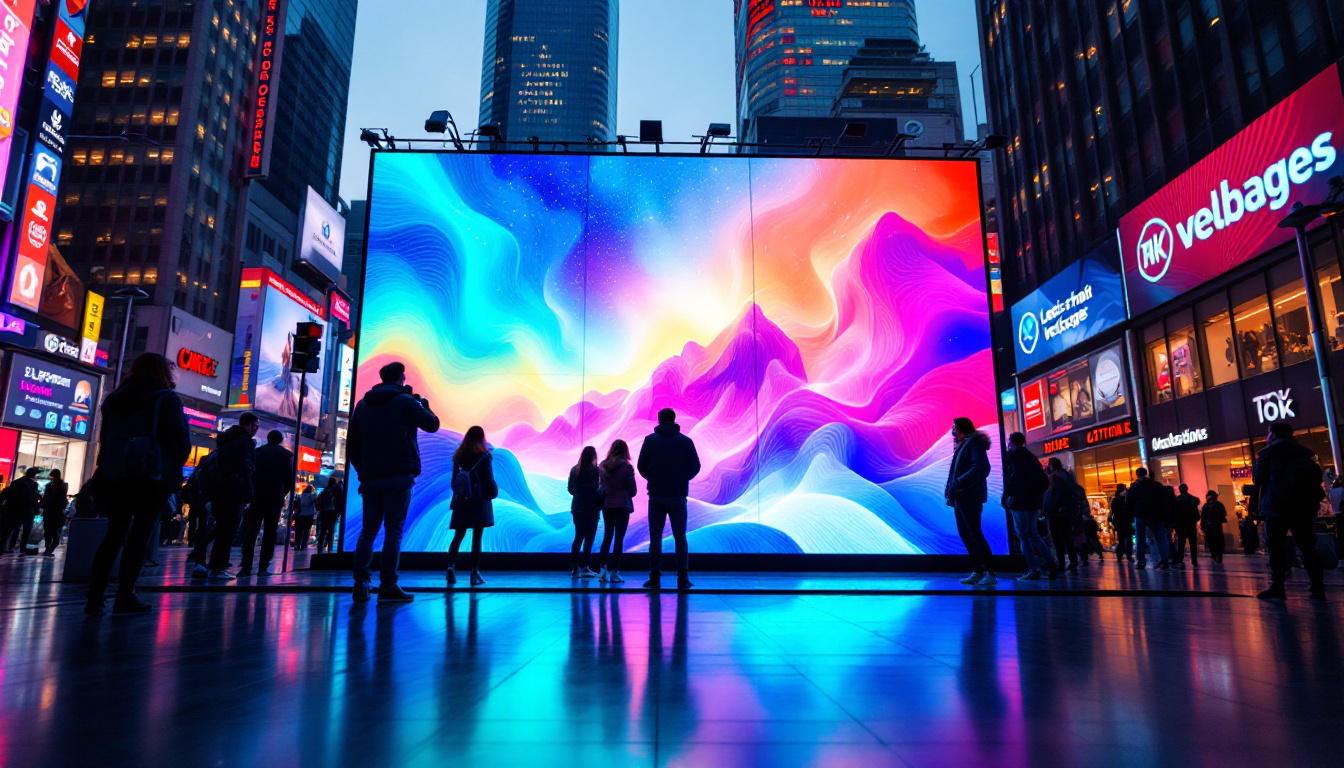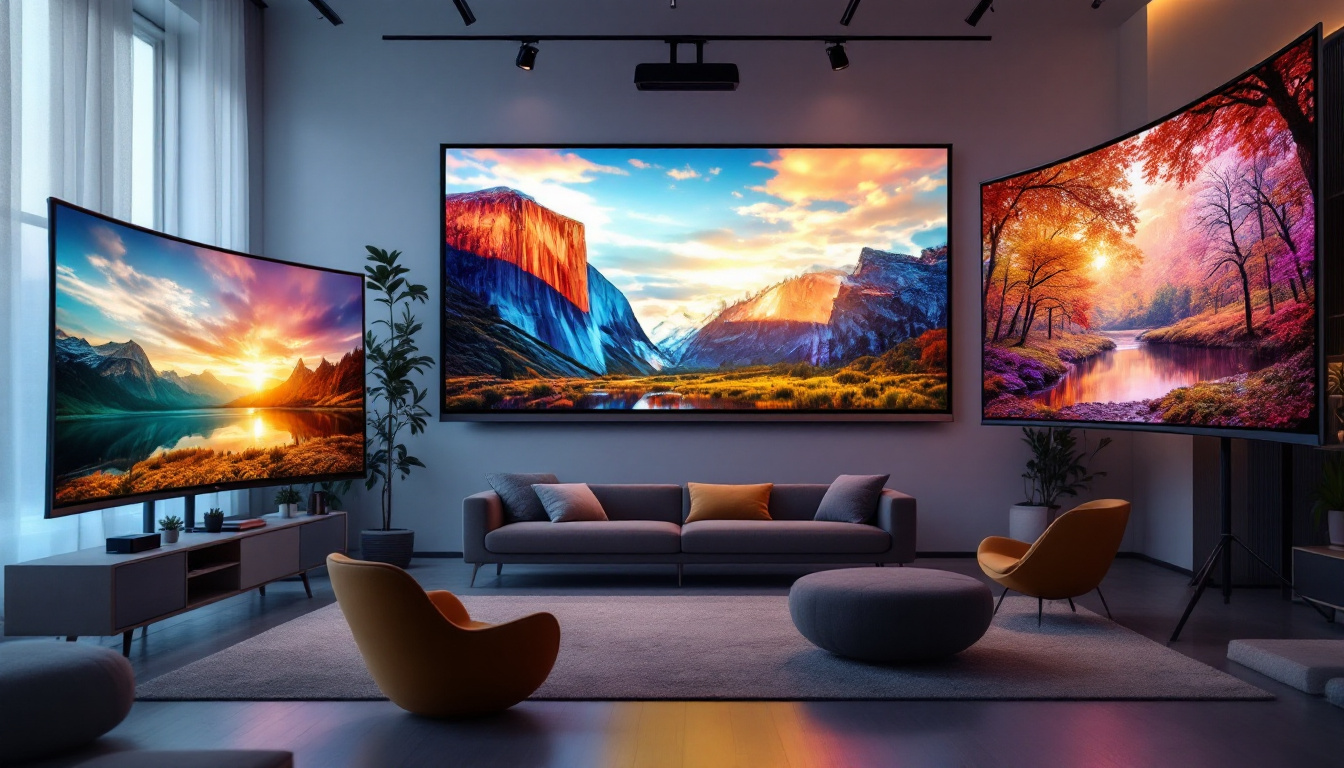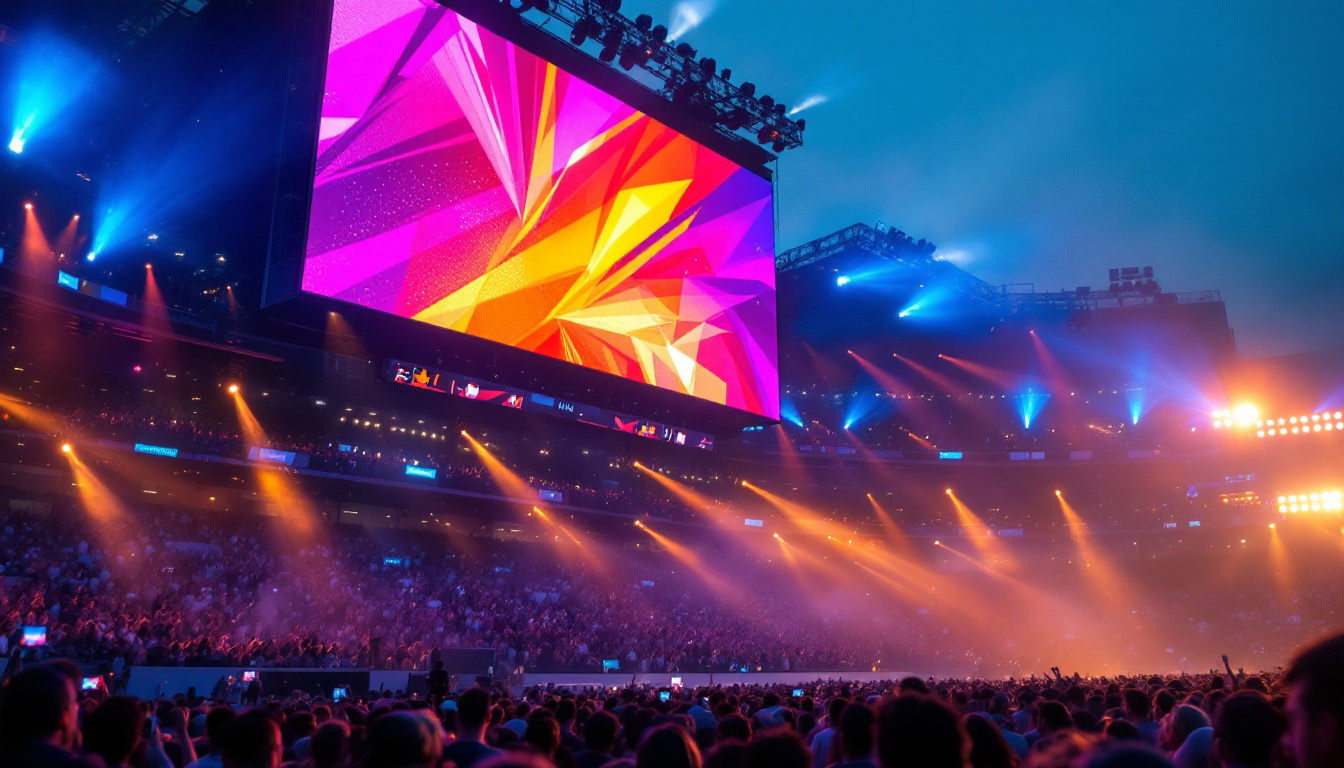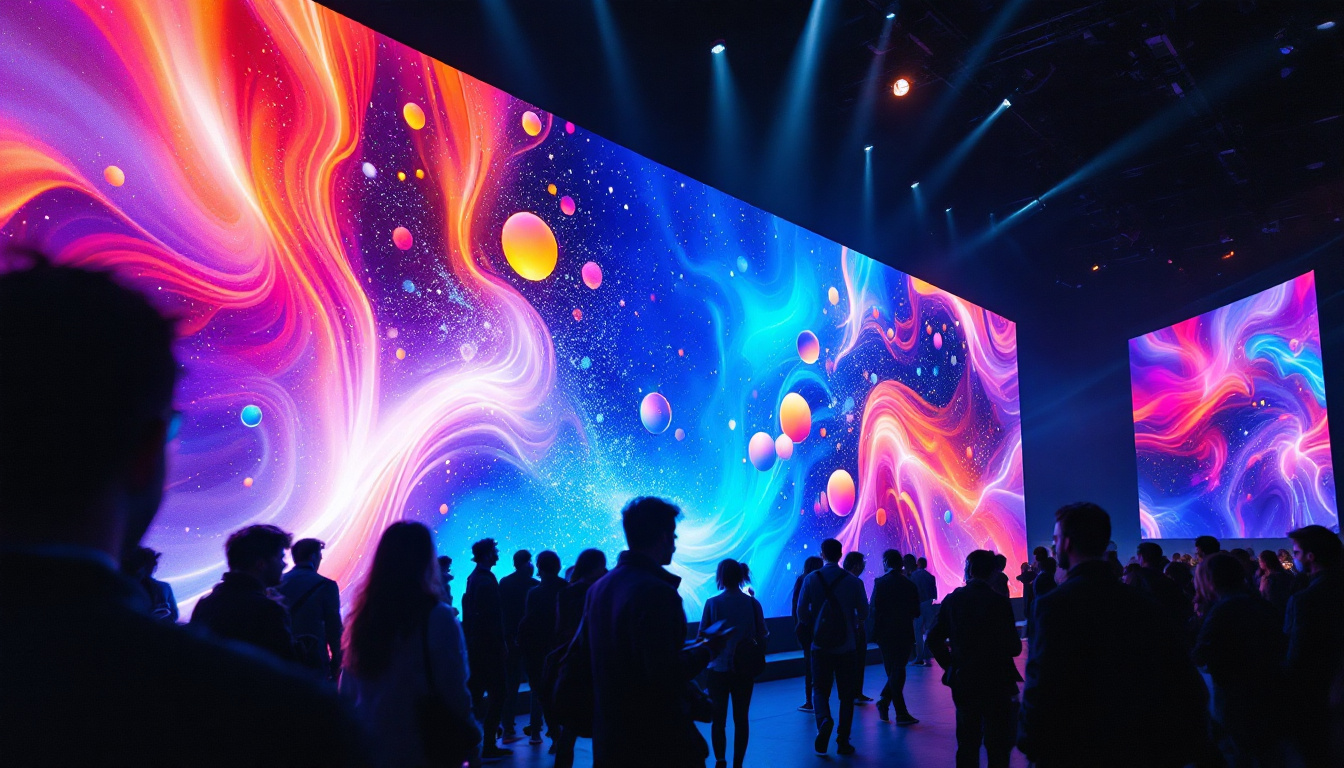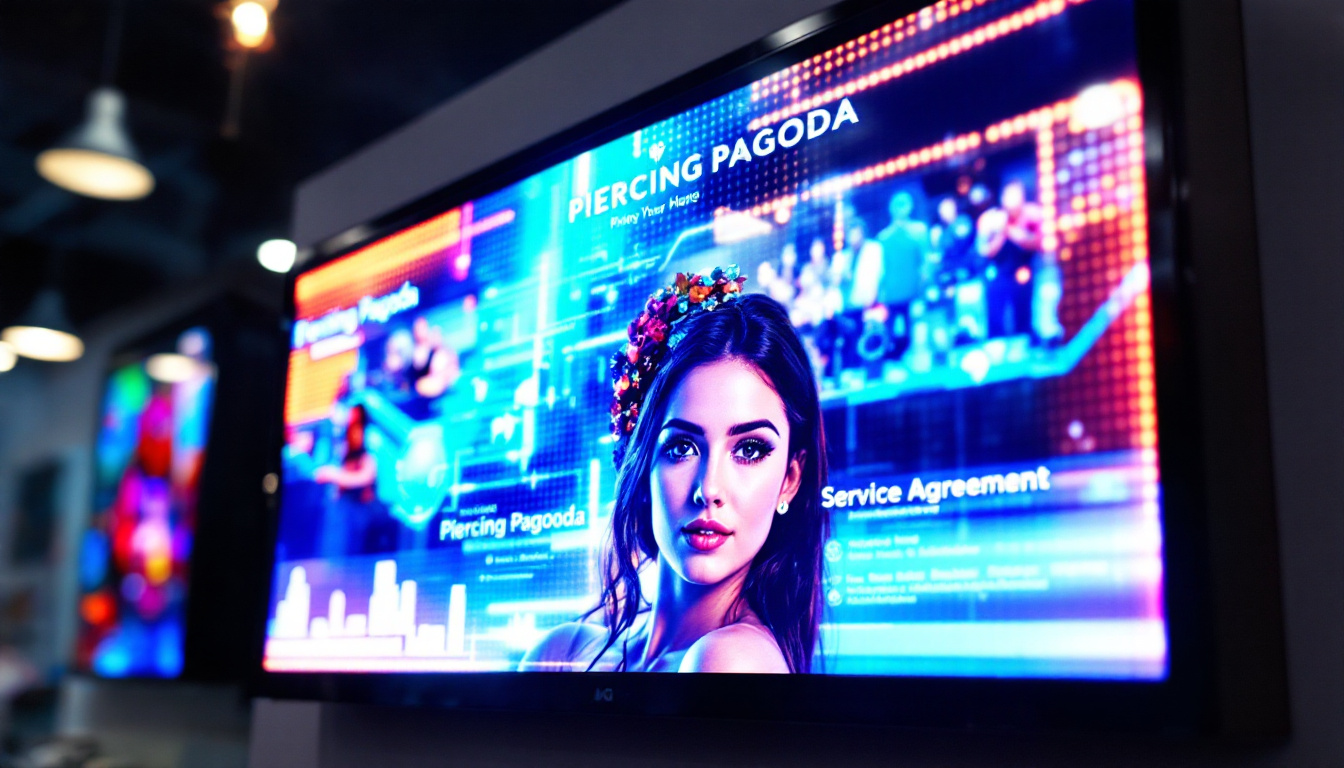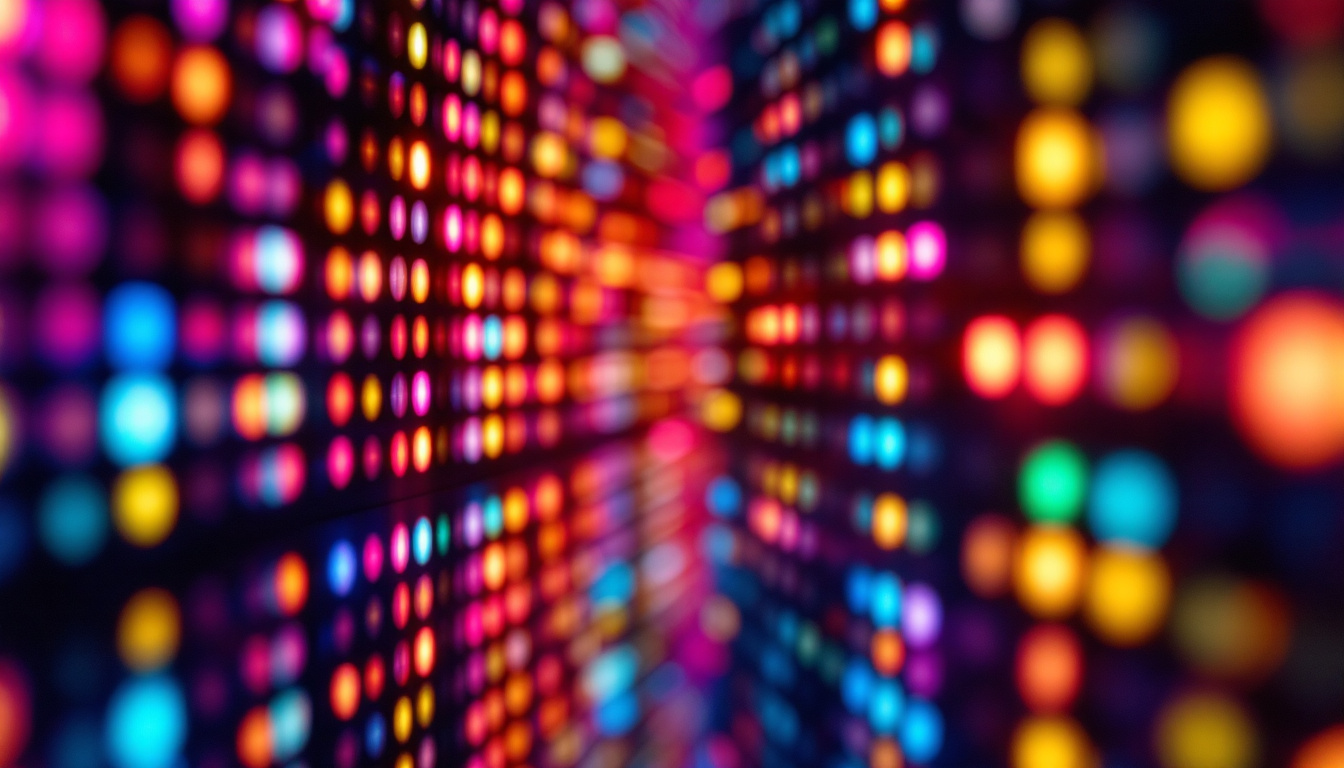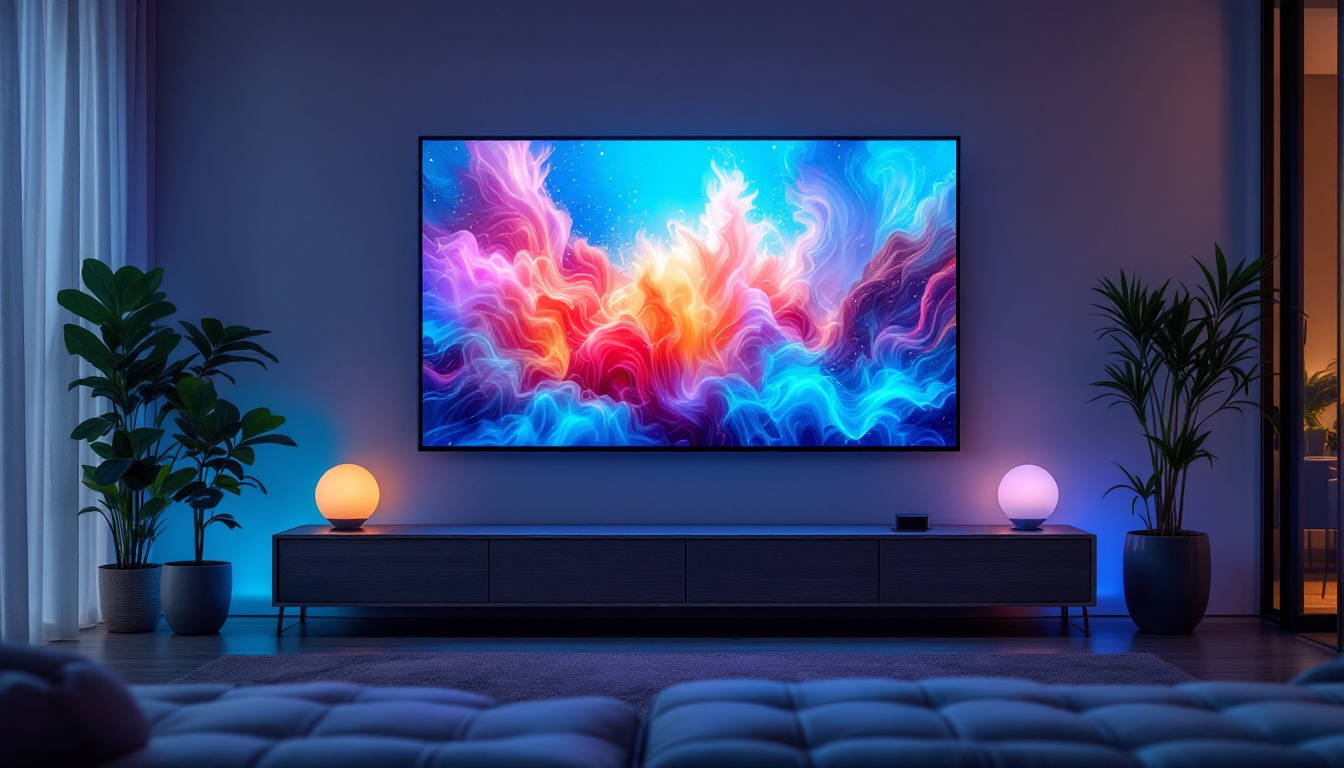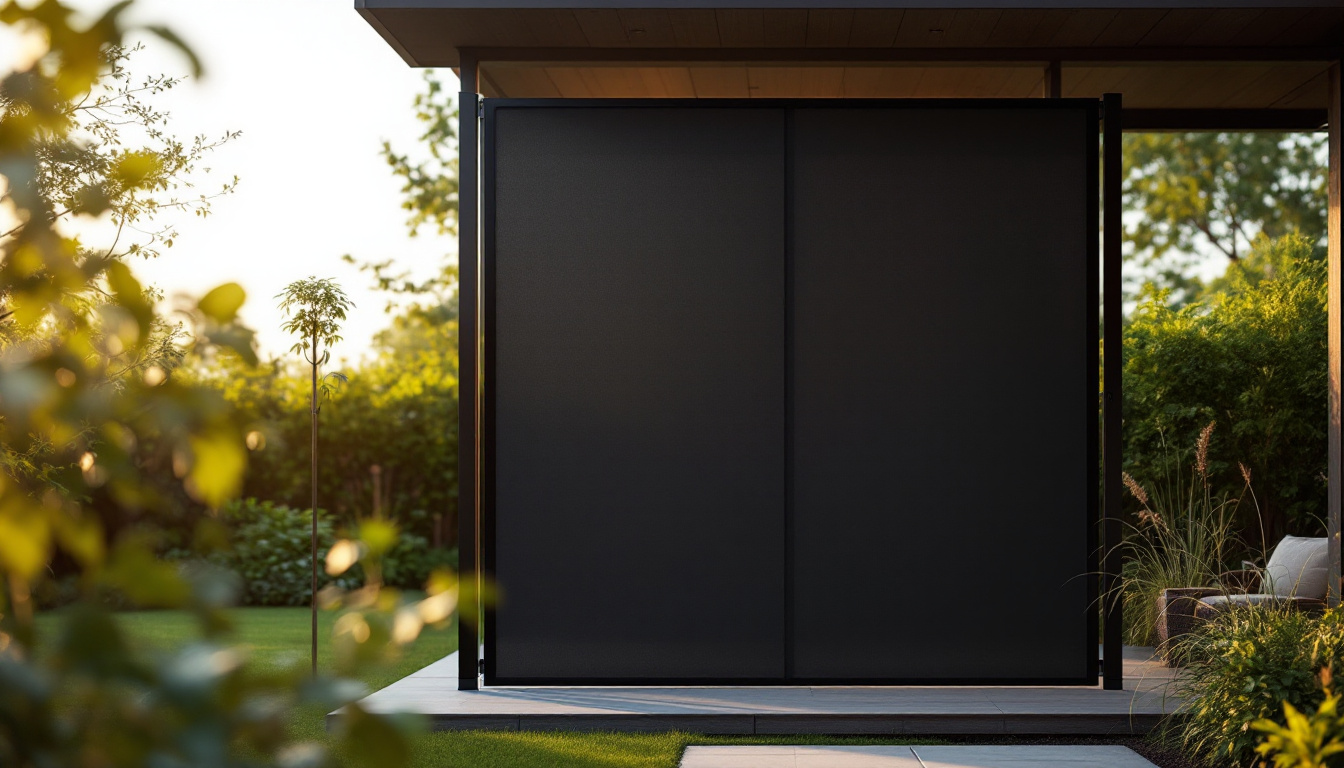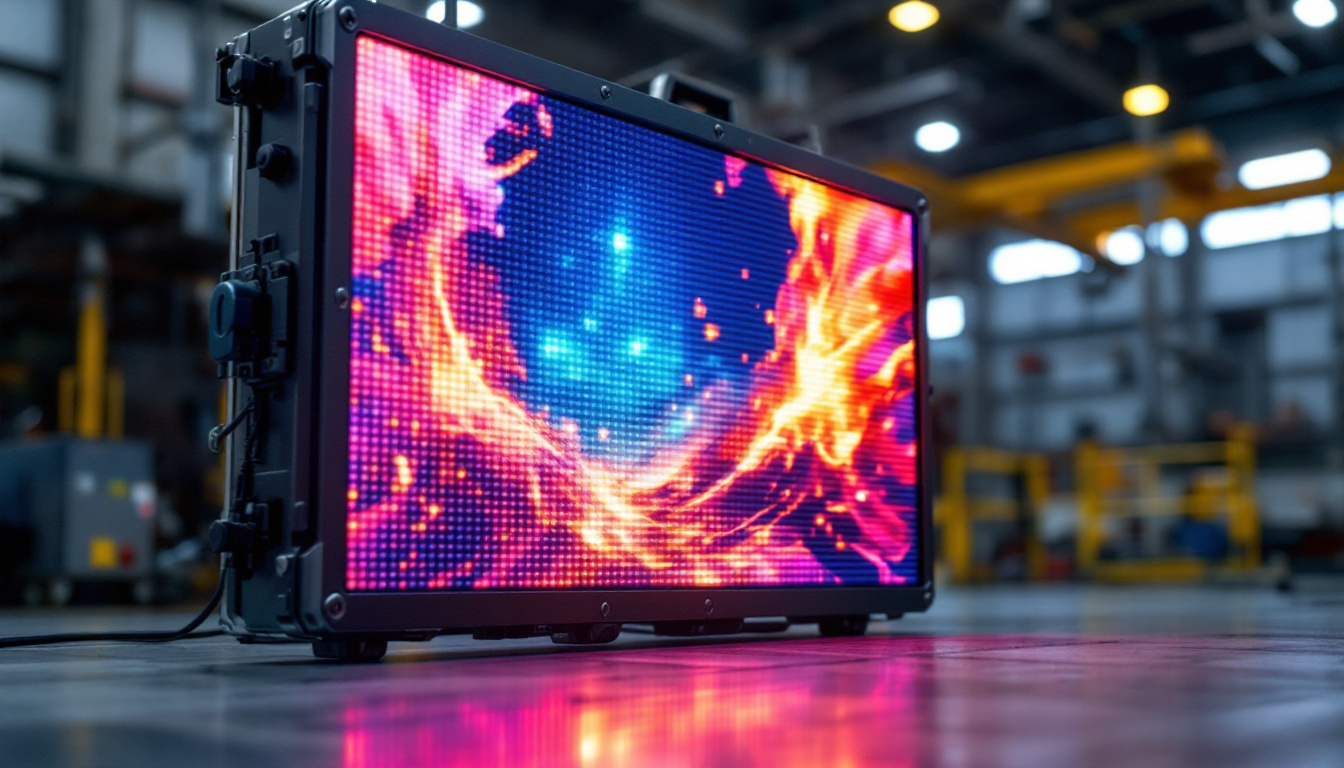In the world of digital signage and display technology, the term “1.8 millimeters” refers to the pixel pitch of an LED display. This measurement is crucial as it directly impacts the display’s resolution, clarity, and overall viewing experience. Understanding what a 1.8mm pixel pitch means can help businesses and consumers make informed decisions when selecting LED displays for various applications.
Understanding Pixel Pitch
Pixel pitch is the distance from the center of one pixel to the center of the adjacent pixel, measured in millimeters. A smaller pixel pitch indicates a higher pixel density, resulting in sharper images and finer details. Conversely, a larger pixel pitch can lead to a grainier appearance, especially when viewed up close.
Importance of Pixel Pitch
The pixel pitch is a critical specification in determining the suitability of an LED display for specific environments. For instance, displays with a pixel pitch of 1.8mm are ideal for indoor settings where viewers are typically closer to the screen. This proximity allows for a more immersive experience, as the finer pixel density can display intricate details without visible pixelation.
In contrast, outdoor displays often utilize larger pixel pitches, as viewers are generally positioned further away. The choice of pixel pitch can significantly affect the effectiveness of the display in conveying messages, images, and videos. Additionally, the pixel pitch can influence the overall brightness and color accuracy of the display, making it a vital consideration for environments with varying lighting conditions. A well-chosen pixel pitch not only enhances visual clarity but also ensures that the content remains vibrant and engaging, regardless of the surrounding light.
Applications of 1.8mm LED Displays
LED displays with a pixel pitch of 1.8mm find applications across various sectors, including retail, corporate environments, and entertainment venues. In retail, these displays can showcase high-definition advertisements, promotions, and product information, enhancing customer engagement and driving sales. The ability to present visually stunning content can create a more inviting atmosphere, encouraging customers to spend more time in-store and ultimately increasing conversion rates.
In corporate settings, a 1.8mm LED display can serve as a dynamic presentation tool, allowing for clear visuals during meetings, conferences, and training sessions. The clarity and vibrancy of the display can help convey complex information in an easily digestible format. Furthermore, these displays can be integrated with interactive features, such as touch capabilities or real-time data feeds, making them versatile tools for collaboration and communication. As businesses increasingly rely on visual storytelling to capture their audience’s attention, the role of high-quality LED displays becomes ever more crucial in effectively delivering their messages.
Technical Specifications of 1.8mm LED Displays
To fully appreciate the capabilities of a 1.8mm LED display, it’s essential to delve into its technical specifications. These specifications not only highlight the display’s performance but also provide insights into its construction and design.
Resolution and Image Quality
One of the standout features of a 1.8mm LED display is its high resolution. Typically, these displays boast a resolution of over 100,000 pixels per square meter. This high pixel density ensures that images and videos are rendered with exceptional clarity, making them suitable for applications that require detailed visuals.
Image quality is further enhanced by the display’s ability to produce vibrant colors and deep contrasts. Advanced technologies, such as HDR (High Dynamic Range), are often incorporated into these displays, allowing for a broader range of colors and improved brightness levels. This results in a more lifelike viewing experience, which is particularly beneficial in environments where visual impact is crucial.
Moreover, many 1.8mm LED displays utilize sophisticated image processing algorithms that optimize the content displayed in real-time. These algorithms can adjust the sharpness, color balance, and brightness dynamically, ensuring that the visuals remain consistent and appealing, regardless of the content type. This capability is especially advantageous in dynamic environments like sports arenas or live events, where the content may change rapidly and requires immediate visual fidelity.
Brightness and Viewing Angles
Brightness is another essential factor in the performance of a 1.8mm LED display. High-quality models can achieve brightness levels of over 1,000 nits, making them suitable for various lighting conditions. Whether in a dimly lit conference room or a brightly lit retail space, these displays can maintain visibility and clarity.
Viewing angles are also a critical consideration. A well-designed 1.8mm LED display offers wide viewing angles, ensuring that the content remains clear and vibrant from various positions. This feature is particularly important in settings where multiple viewers may be watching the display from different angles.
In addition to brightness and viewing angles, the uniformity of brightness across the display surface is vital for maintaining a consistent viewing experience. Many manufacturers implement advanced calibration techniques to ensure that brightness levels are uniform, minimizing the risk of hotspots or dim areas. This attention to detail is crucial for applications such as digital signage or art installations, where aesthetic integrity is paramount. Furthermore, the durability and longevity of these displays are enhanced by the use of high-quality materials that resist fading and degradation over time, ensuring that the investment remains valuable for years to come.
Installation and Maintenance Considerations
When investing in a 1.8mm LED display, understanding the installation and maintenance requirements is essential. Proper installation ensures optimal performance and longevity of the display, while regular maintenance helps maintain image quality and functionality.
Installation Challenges
Installing a 1.8mm LED display requires careful planning and execution. Factors such as mounting location, structural support, and power supply must be considered. The display’s weight and size can also pose challenges, necessitating professional installation services to ensure safety and stability.
Additionally, the display’s location should be chosen with viewing distance in mind. While a 1.8mm pixel pitch is suitable for close viewing, the installation should account for potential obstructions and lighting conditions that could impact visibility.
Regular Maintenance Practices
To keep a 1.8mm LED display functioning optimally, regular maintenance is crucial. This includes cleaning the display surface to remove dust and debris, which can affect brightness and clarity. Additionally, periodic software updates may be necessary to ensure that the display operates with the latest features and security protocols.
Monitoring the display for any signs of malfunction, such as dead pixels or color inconsistencies, is also important. Promptly addressing these issues can prevent further damage and extend the lifespan of the display.
Cost Considerations
The cost of a 1.8mm LED display can vary significantly based on several factors, including brand, size, and additional features. While these displays tend to be more expensive than those with larger pixel pitches, the investment can be justified by the enhanced image quality and versatility they offer.
Initial Investment vs. Long-Term Value
When considering the cost of a 1.8mm LED display, it’s essential to weigh the initial investment against the long-term value it provides. High-quality displays often come with warranties and support services, which can mitigate potential repair or replacement costs down the line.
Moreover, the impact of a vibrant and engaging display on customer engagement and brand perception can lead to increased sales and improved business outcomes. Therefore, the cost should be viewed not just as an expense, but as an investment in the future of the business or project.
Financing Options
For businesses looking to invest in a 1.8mm LED display but concerned about upfront costs, various financing options are available. Leasing agreements, loans, and financing plans can help spread the cost over time, making it more manageable for smaller businesses or startups.
Additionally, many manufacturers and suppliers offer financing solutions tailored to the needs of their clients, allowing businesses to acquire high-quality displays without straining their budgets.
Future Trends in LED Display Technology
The LED display industry is continually evolving, with advancements in technology leading to improved performance and new features. As the demand for high-quality displays increases, several trends are emerging that could shape the future of 1.8mm LED displays and beyond.
Advancements in Resolution
As technology progresses, the push for higher resolutions continues. Future LED displays may feature even smaller pixel pitches, allowing for greater detail and clarity. This trend is particularly relevant in sectors such as virtual reality and augmented reality, where immersive experiences rely heavily on high-resolution displays.
Furthermore, advancements in microLED technology could lead to displays that are not only more efficient but also offer superior color accuracy and brightness levels. These innovations could redefine the standards for LED displays across various applications.
Integration with Smart Technologies
Another trend is the integration of LED displays with smart technologies. As the Internet of Things (IoT) continues to expand, LED displays are becoming increasingly connected, allowing for real-time data integration and content management. This capability can enhance the functionality of displays in retail environments, corporate settings, and public spaces.
Smart displays may also incorporate features such as facial recognition and audience analytics, enabling businesses to tailor their content to specific demographics and improve engagement.
Conclusion
In summary, a 1.8mm LED display represents a significant advancement in display technology, offering high resolution, vibrant colors, and versatile applications. Understanding the implications of pixel pitch, installation requirements, and maintenance practices is essential for maximizing the benefits of these displays.
As technology continues to evolve, the future of LED displays looks promising, with advancements in resolution and smart technology integration paving the way for even more innovative solutions. Investing in a 1.8mm LED display can provide businesses with a powerful tool for communication, engagement, and branding in an increasingly digital world.
Discover LumenMatrix’s Advanced LED Display Solutions
Ready to elevate your visual communication and captivate your audience with unparalleled clarity and vibrancy? Explore LumenMatrix’s comprehensive range of LED display solutions, from Indoor and Outdoor LED Walls to innovative Vehicle and Sports Displays. Whether you’re looking to create a custom LED experience or seeking a versatile All-in-One solution, LumenMatrix is at the forefront of transforming spaces with their cutting-edge technology. Check out LumenMatrix LED Display Solutions today and see how they can revolutionize your brand’s visibility and audience engagement.



